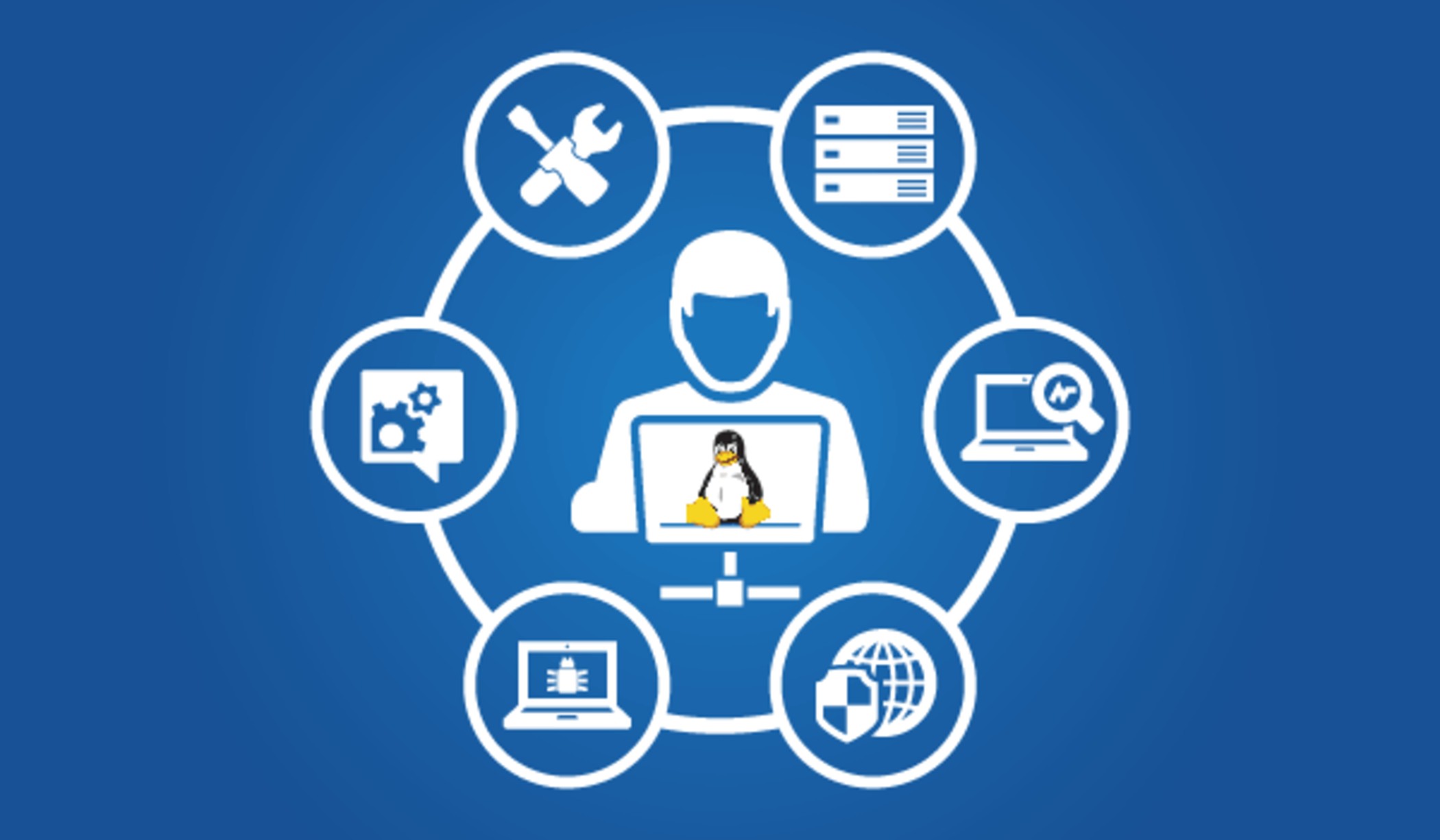
This comprehensive Certificate Course in System Administration using Linux is designed to equip learners with in-depth knowledge and hands-on skills required to manage and maintain Linux-based systems effectively. The program covers essential Linux concepts, server management, network administration, security configurations, and troubleshooting techniques, ensuring students gain practical expertise in real-world scenarios. Through a combination of theoretical lessons and live projects, participants will learn to handle system tasks such as user management, file system organization, process control, software installation, and performance monitoring. By the end of this course, learners will be proficient in Linux system administration, making them industry-ready for roles such as Linux System Administrator, Network Administrator, DevOps Engineer, or IT Support Specialist.
Module 1: Introduction to Linux Overview of Linux OS and distributions (Ubuntu, CentOS, RedHat) Linux history and architecture Linux installation and dual boot setup File system hierarchy and basic commands.
Module 2: Linux Command Line & Shell Introduction to Terminal and Shell Basic commands: file navigation, creation, and manipulation Text editors: Vim, Nano Command chaining and redirection.
Module 3: User & Group Management Creating and managing users and groups File permissions and ownership sudo privileges and access control Managing home directories.
Module 4: File System & Storage Management Partitioning and mounting drives Disk usage commands Managing file systems (ext4, xfs) Backup and restore basics.
Module 5: Process & Service Management Understanding processes and jobs Process monitoring Starting, stopping, and managing services Cron jobs and task scheduling.
Module 6: Software & Package Management Package managers: APT, YUM, RPM, DN Installing, updating, and removing software Repository management Compiling software from source.
Module 7: Networking & Security Basic network configuration and troubleshooting Firewalls SSH configuration and secure remote access User authentication and SELinux basics.
Module 8: System Monitoring & Performance Tuning Monitoring CPU, memory, and disk usage Log management Performance tuning and optimization techniques Identifying and resolving bottlenecks.
Module 9: Virtualization & Containers Introduction to virtualization (KVM, VirtualBox) Containerization with Docker Managing virtual machines and containers Basic cloud server management (AWS/Linux instances).
Module 10: Troubleshooting & Industry Practices Common system errors and troubleshooting steps Shell scripting for automation Best practices for Linux system administration Final project: Setting up a secure, fully functional Linux server.
Mobile: 9100348679
Email: coursedivine@gmail.com

You cannot copy content of this page